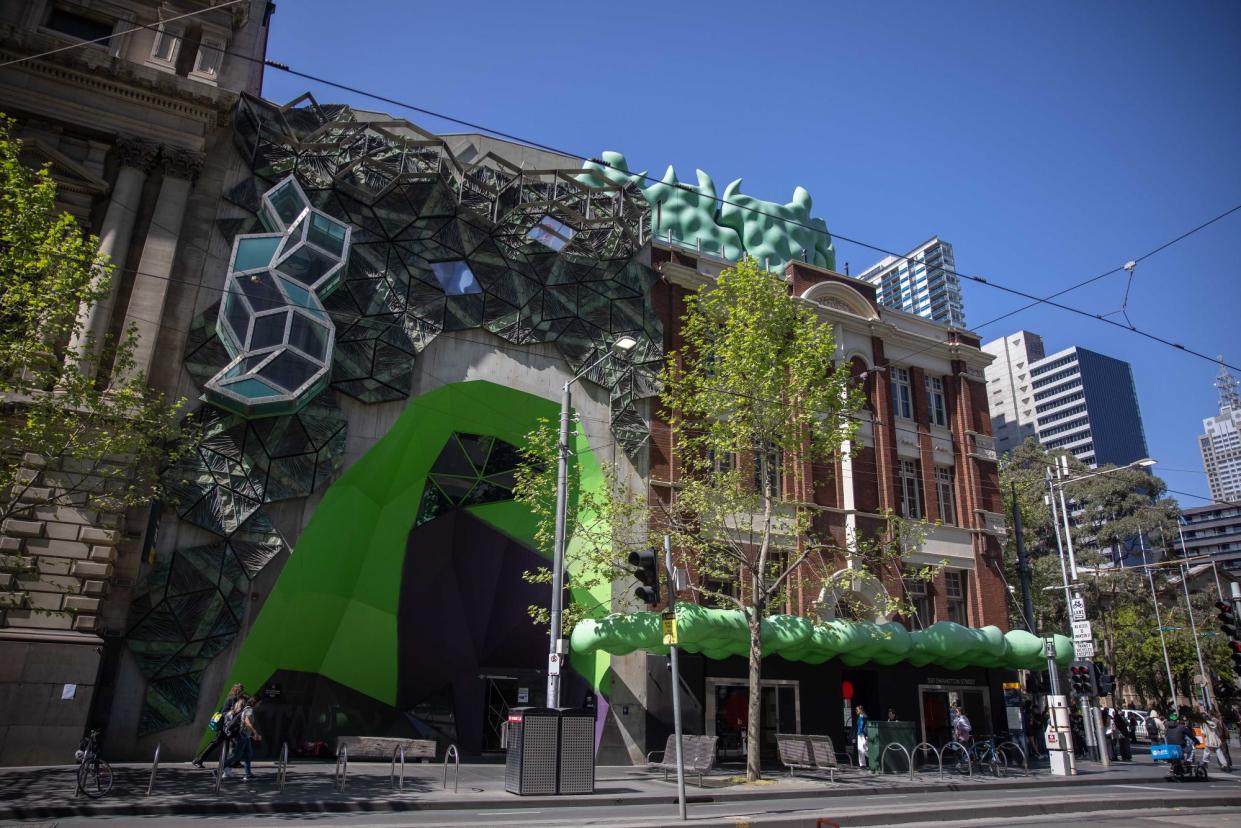International students should make up no more than a third of university cohort, RMIT vice-chancellor says

International students should not exceed a third of any university cohort and it is “damaging to the sector” for foreign students to make up 50% of students at any given institution, RMIT’s vice-chancellor, Prof Alec Cameron, has said.
The proposal to cap international student numbers was raised last month by Deakin University’s vice-chancellor, Iain Martin, as an alternative to the draft framework which would allow the federal education minister to implement different enrolment limits depending on the university or course.
Cameron said a cap on international students was “regrettable” but the prospect of more certainty and a clear distribution of places would be an improvement from the current “unmanaged” visa processing system.
“I wouldn’t [allow universities] to go above one-third,” he said. “Otherwise, the community forms a view about universities.”
The migration crackdown, implemented last year, has led to visa delays and cancellations, with universities assessed via risk ratings.
International students make up 47% of the total cohort at the University of Sydney, and account for more than 35% at prestigious Group of Eight institutions the University of Melbourne, the Australian National University, the University of Queensland and the University of Adelaide. International students account for 24% of RMIT’s onshore cohort, with the vast majority (14,661) enrolled in higher education.
Related: Labor hikes international student visa fees as sector warns of ‘death by 1,000 cuts’
Cameron said for a university to be composed of almost 50% international students was “damaging to the sector”.
“Many institutions are in significant financial problems, with under-enrolments,” he said. “It’s a case of the rich getting richer at the moment while the majority of the sector is struggling.”
The vice-chancellor of the University of Sydney, Prof Mark Scott, said imposing a blanket cap was a “simplistic approach to a complicated problem” and took a “one-size-fits-all strategy” that was potentially damaging to Australia’s reputation.
“The most research-intensive universities in Australia attract the largest number of international students, partly because universities need to subsidise the research funding gaps that were identified in the recent Australian Universities Accord,” he said.
Cameron said a series of visa processing changes announced by the federal government last year as part of a bid to halve net migration by 2025 had disproportionately affected small to medium-sized universities, which enrolled a greater number of students seen as “high risk” by the federal government.
Related: Great science, uncomfortable history: Sir Gustav Nossal and the long tail of eugenics
Student visa approval rates have dropped to record lows since the migration changes were announced, with just eight in 10 higher education visas approved in the year to June compared with more than 96% in 2020-21.
Visa approvals for students from India, Pakistan, Nepal, Kenya and Nigeria were all sitting below 70%, with as low as four in 10 receiving approvals.
On Monday the government went a step further, more than doubling the cost of the international student visa application fee to $1,600 in a move the International Education Association of Australia called the sector’s “death by a thousand cuts”.
“Clearly the government is responding to a political issue which they feel obliged to,” Cameron said, speaking on Friday before the changes.
“But given we’ve been experiencing restrictions in terms of visa approvals for at least six months in an unmanaged way, the prospect of that being managed by the department of education is preferable from home affairs exercising a heightened level of visa refusals.”
Cameron said the only universities that hadn’t been affected by the commonwealth’s migration reforms were Go8 institutions with large enrolments from China, which was seen as a lower risk country and still had visa approval rates in excess of 97%.
The Go8 chief executive, Vicki Thomson, said if the body’s universities were capped to a pre-Covid 2019 level of international students there would be a potential immediate impact of $5.35bn and 22,500 jobs.
“The Go8 is not advocating an open slather approach, but this combination of government policies will have long lasting, damaging consequences for our economy, our skilled workforce and Australia’s international reputation,” she said.
“There is a limit to the number of shocks the sector can take.”


